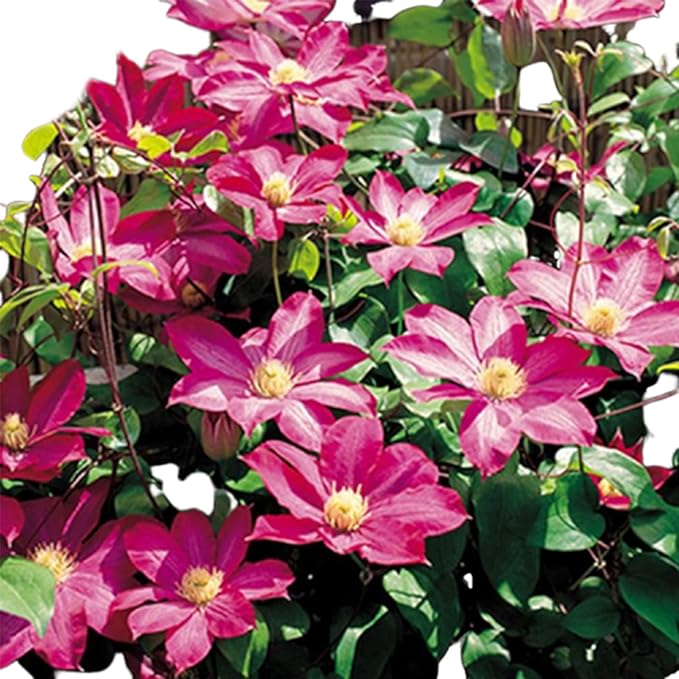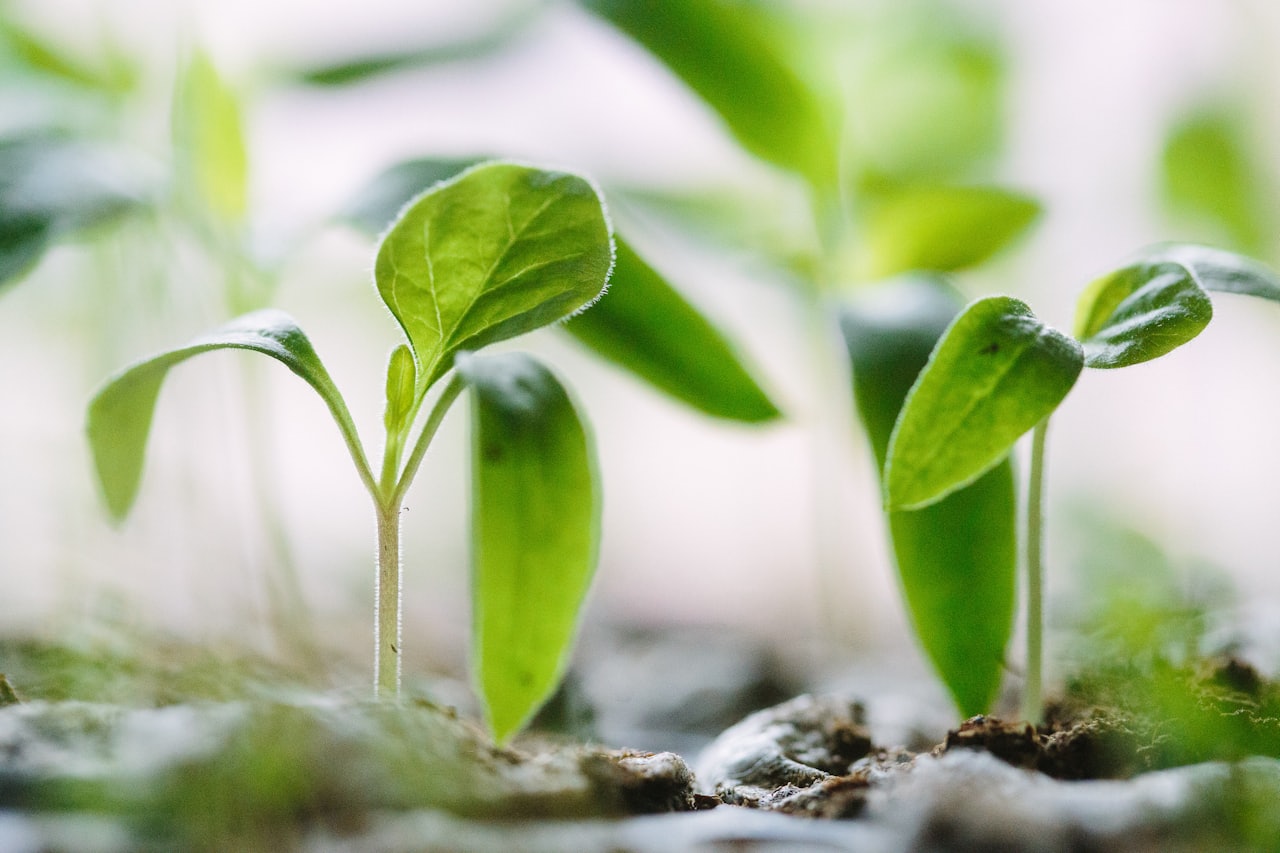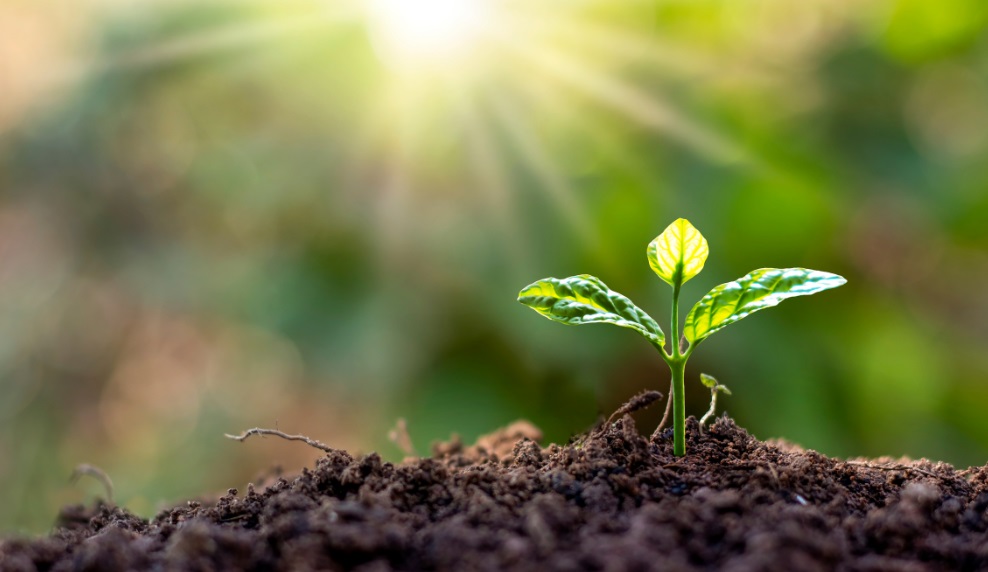
Planting Clematis: A Simple Guide
Are you looking for a new, pretty flower to your garden or balcony? Clematis flowers would be a perfect choice! Clematis are eye-catching because of the fresh hues and intricate buds they produce. This plant is not only a visual treat but also very effortlessly planted and maintained, which is why they are perfect plants for all types of gardeners even for beginners.
Choosing the Right Spot
Clematis likes living in well-drained soil and getting enough sunlight, but the best time for them to have is 6 hours a day. Nevertheless, the roots’ desire is for them to be in a cold environment, so plant them in places where the roots can be shielded from other plants or using mulch.
Planting Tips
Put the clematis a bit deeper than other plants, it should have the roots ball sitting at most 2-3 inches below the soil surface. This really helps the growth of the plant and also guards the plant from clematis wilt.
Climbing plants, such as clematis, need a kind of support like a trellis, fence, or any other framework for them to attach to grow up.
Throughout the first year, the proper time to keep the soil wet is only during the plant’s initial states of establishment. You should not overwater a plant necessitating only moist soil to thrive.
Clematis Varieties
Tons of variations are there from which to select such as the impressive Clematis ’Jackmanii’ containing plenty of large blooms leaning towards Clematis ’Alba Luxurians’ the tender, rapidly changing flowers. The varieties’ differences result in the discovery of a clematis that suits the color of your garden and your style.
Climate and Environmental Benefits
Clematis is a robust plant and can be cultivated in night and cold temperatures but enjoys the best period of flourishing in zones 49 in USDA. Thus, planting clematis is not only adding to the beauty of your garden but also having a positive impact on the environment.
Environmental Importance
Clematis acts as a landing pad for bees, butterflies, and other pollinators as they arrive around the world flying from one flower to another. These critters play a vital role in the pollination of the majority of our fruits and veggies as they are the ones who beat us with our daily food resources. So, as fruits and veggies will be protected to the last bidder when the insects are released.
The pollinators of native plants are the producers of a cyclic healthy ecosystem that not only the little insects enjoy but that also attract many birds and other animals.
Making a Difference
Unlike usual, the beauty of blossoming is not the end of life for a butterfly, bee, or any of the other pollinators. It is their natural process of feeding on nectar and thus transporting pollen grains from one flower to the other that leads to crop pollination which in turn gives us fruits and vegetables to eat. Pollinators are essential for the survival of many plants and animals, as a result, we need them even more in these times of environmental hardships.
Final Thoughts
Clematis is an attractive addition to any garden or balcony; thus its flowers are also excellent for the collection, as they not only enhance the aesthetic aspect but also play a crucial role in the ecosystem. Whether you are setting up a comfortable outdoor space or adding to the health of our planet, clematis is perfect for both of these purposes. Therefore, why don’t you get a clematis, add it to your space and see the magic of your moving paradise?
<3 Happy gardening <3


